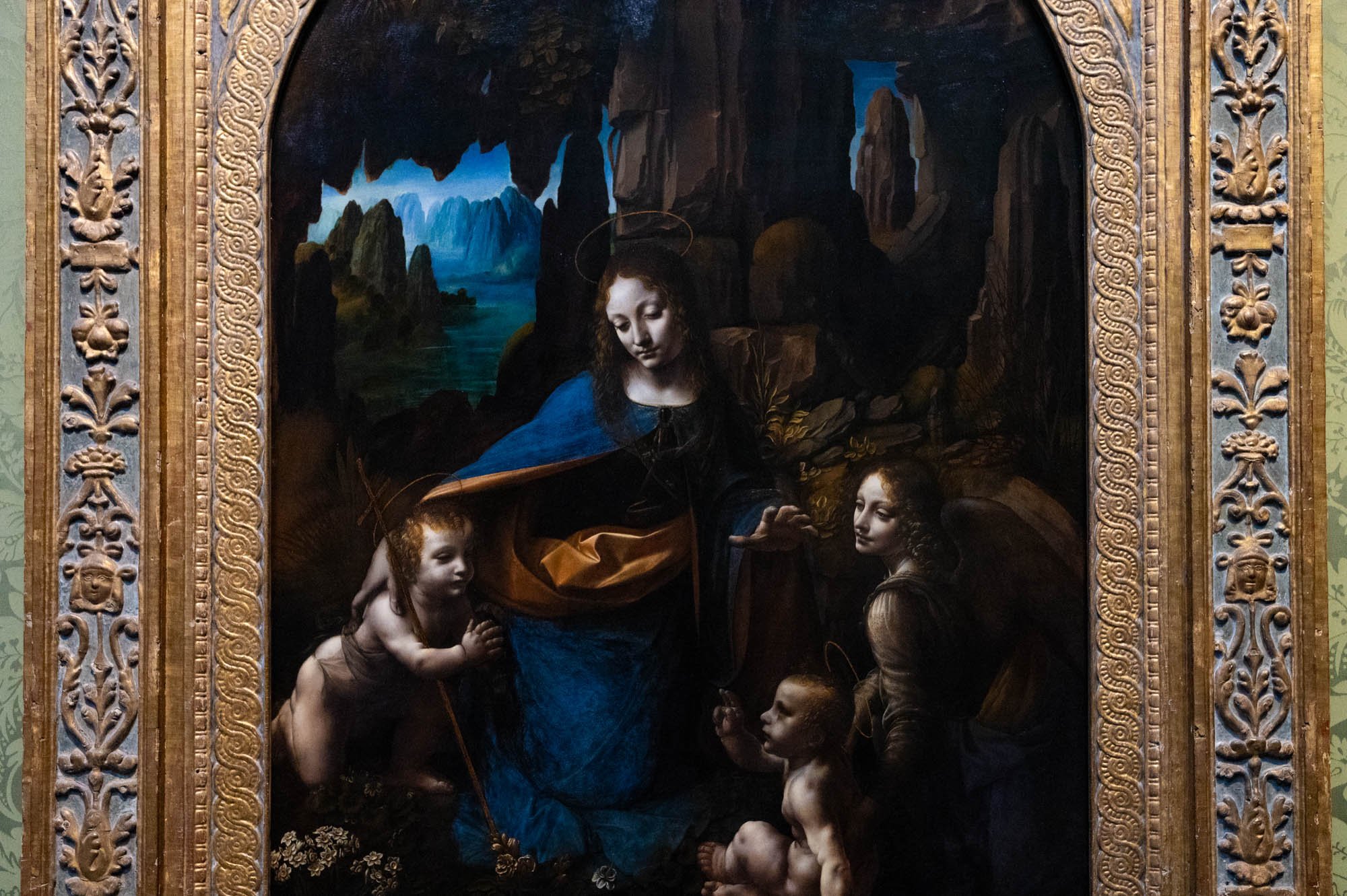Touring the Art Museums of England: Part 1
In front of The National Gallery overlooking Trafalgar Square in London, England
The brilliance of art museums shines brightly in the vibrant tapestry of English cultural heritage, inviting enthusiasts and casual observers alike into a world of creativity and expression. Among the crown jewels of this artistic realm are The National Gallery, the Tate Britain, and the Tate Modern
The National Gallery, situated in the heart of London, stands as a majestic repository of Western European paintings from the 13th to the 19th centuries. Its hallowed halls boast masterpieces by iconic artists like Van Gogh, da Vinci, Sargent, and Rembrandt, offering an unparalleled journey through the evolution of art.
The Execution of Lady Jane Grey, Paul Delaroche, 1833
Madame Moitessier, Jean-Auguste-Dominique Ingres, 1856
Self-Portrait as Saint Catherine of Alexandria, Artemisia Gentileschi, 1615-1617
Virgin of the Rocks, Leonardo da Vinci, 1491
Saint Catherine of Alexandria, Raphael, 1507
Mars and Venus, Sandro Botticelli, 1483
Tate Britain, a reservoir of British art dating from 1500 to the present day, captures the essence of the nation's creative spirit. The gallery's curated exhibitions provide a comprehensive narrative of British artistic evolution, from the grandeur of the Tudor era to the cutting-edge contemporary works that shape the modern cultural landscape.
Carnation, Lily, Lily, Rose, John Singer Sargent, 1885–1886
Madame X (Study), John Singer Sargent, 1884
(Left to right) A Silent Greeting, 1889 - A Favourite Custom, 1909 - A Foregone Conclusion, 1885 all by Sir Lawrence Alma-Tadema
Dante Gabriel Rossetti
Portrait of a Young Woman, Meredith Frampton, 1935
Crossing the Thames, the Tate Modern emerges as a dynamic hub of contemporary and modern art. Housed in a former power station, this avant-garde institution pushes the boundaries of artistic expression. It showcases groundbreaking works by artists such as Picasso, Warhol, and Lichtenstein, inviting visitors to ponder the ever-evolving nature of human creativity.
Whaam!, Roy Lichtenstein, 1963
Roy Lichtenstein
Roy Lichtenstein
Jackson Pollock
Composition C (No.III) with Red, Yellow and Blue, Piet Mondrian, 1932

















